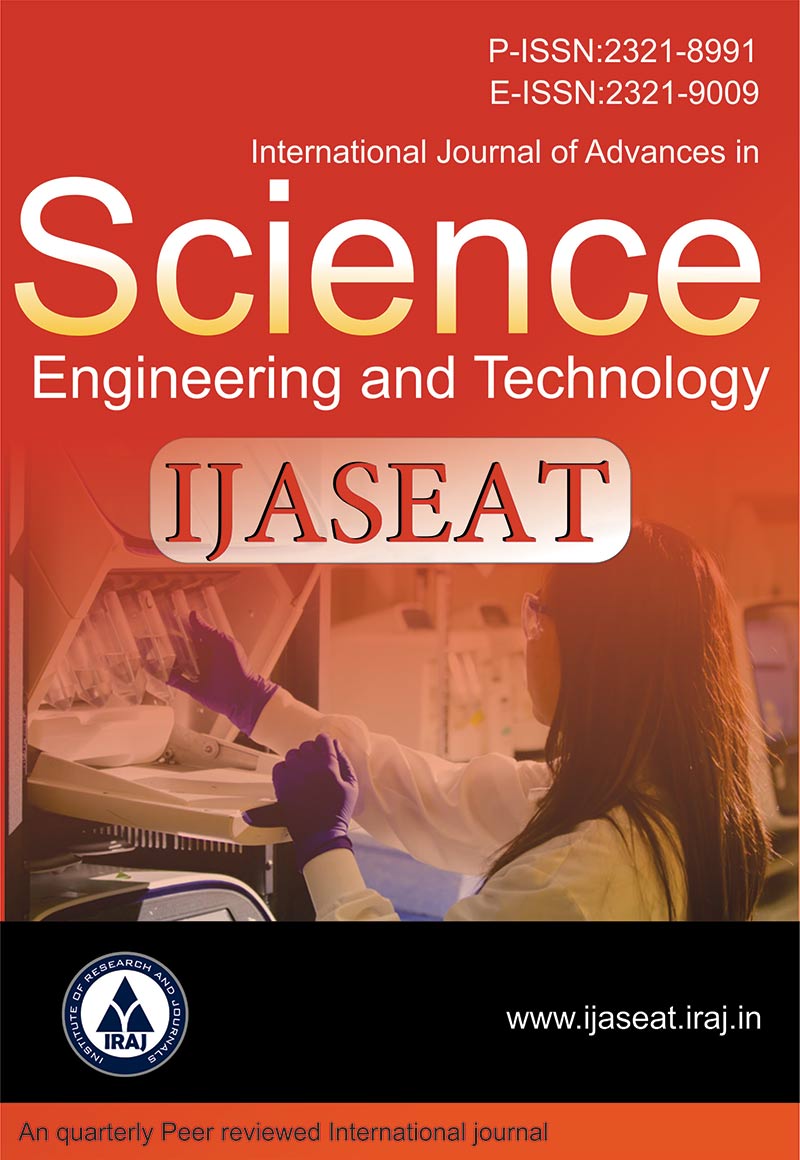Publish In |
International Journal of Advances in Science, Engineering and Technology(IJASEAT)-IJASEAT |
 Journal Home Volume Issue |
||||||||
Issue |
Special Issue-4, Nov. ( Nov, 2015 ) | |||||||||
Paper Title |
Comparison Of Acidic Decellularization Methods For Porcine Corneas | |||||||||
Author Name |
Hung-Jun Lin, Chon-Ho Yen, Ching-Fu Tu, Der-Zen Liu | |||||||||
Affilition |
Institute of Biomedical Engineering, College of Medicine and College of Engineering, National Taiwan University, Taipei, Taiwan Division of Animal Technology, Animal Technology Laboratories, Agricultural Technology Research Institute, Hsinchu, Taiwan Graduate Institute of Biomedical Materials and Tissue Engineering, College of Medical Engineering, Taipei Medical University, Taipei, Taiwan Center for General Education, Hsuan Chuang University, Hsinchu, Taiwan | |||||||||
Pages |
5-8 | |||||||||
Abstract |
Corneal diseases are one of the main causes of vision loss worldwide. Although cornea transplantation is a very useful treatment, the demand of corneas evidently exceeds the available supplement. Decellular corneal xenografts are thought to be potential resources for human corneas substitutes. In this work, we compared different acidic decellular protocols on porcine corneas. The porcine corneas were soaking in different concentrations of formic acid, acetic acid and citric acid solutions at 25℃ for 24 h on an orbital shaker. These acidic decellular porcine corneal scaffolds (dPC) were examined by scanning electronic microscope and showed uniform parallel extra cellular matrix structure and the average microstructure pore size was 220±20 μm. According to DNA content, these acidic methods had great decellular efficiency. Examined by Masson trichrome staining, the collagen fibers arrangement was found similarly between control group and dPCs groups; and by Alcian blue staining, also confirmed that dPCs had an intact glycosaminoglycan preservation. These results revealed that acidic decelluarization for porcine corneas provided great microstructure and biological properties for further in vitro and in vivo tests, and suggested that acidic decellular scaffolds could have the potential for corneal tissue engineering applications. Keywords- Tissue Engineering, Scaffold, Decellularization, Pig, Corneal Xenograft. | |||||||||
| View Paper | ||||||||||